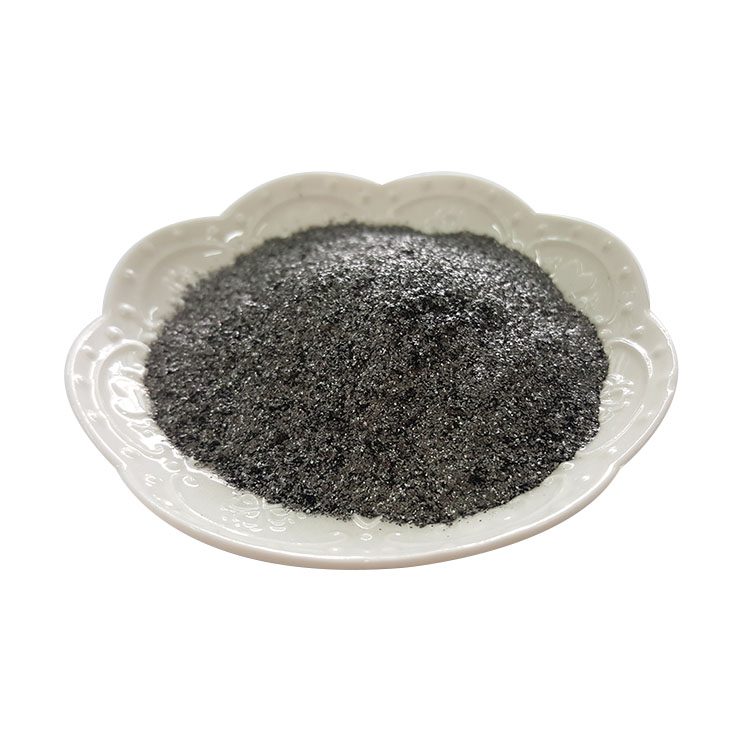Graphite powder is a substance that is very sensitive to chemical reactions. In different environments, its resistivity will change, which means its resistance value will change. However, there is one thing that does not change. Graphite powder is one of the good non-metallic conductive substances. As long as the graphite powder is kept uninterrupted in an insulated object, it will also be electrified like a thin wire. However, there is no accurate number for the resistance value, Because the thickness of graphite powder varies, the resistance value of graphite powder will also vary when used in different materials and environments. Due to its special structure, graphite has the following special properties:
1) High temperature resistant type: the melting point of graphite is 3850 ± 50 ℃, and the boiling point is 4250 ℃. Even if it is burned by ultra high temperature arc, the weight loss and coefficient of thermal expansion are very small. The strength of graphite increases with temperature, and at 2000 ℃, the strength of graphite doubles.
2) Conductivity and thermal conductivity: The conductivity of graphite is 100 times higher than that of ordinary non-metallic minerals. The thermal conductivity exceeds that of metal materials such as steel, iron, and lead. The thermal conductivity decreases with increasing temperature, and even at extremely high temperatures, graphite becomes an insulator.
3) Lubricity: The lubrication performance of graphite depends on the size of graphite flakes. The larger the flakes, the smaller the friction coefficient, and the better the lubrication performance.
4) Chemical stability: graphite has good chemical stability at room temperature, and can resist acid, alkali and organic solvent corrosion.
5) Plasticity: Graphite has good toughness and can be connected into very thin sheets.
6) Thermal shock resistance: Graphite can withstand severe temperature changes without damage when used at room temperature. When the temperature suddenly changes, the volume of graphite does not change much and will not crack.
1. As refractory materials: graphite and its products have the properties of high temperature resistance and high strength. In the metallurgical industry, it is mainly used to make graphite crucibles. In steelmaking, graphite is often used as the protective agent for steel ingots and the lining of metallurgical furnace.
2. As a conductive material: used in the electrical industry to manufacture electrodes, brushes, carbon rods, carbon tubes, positive electrodes for mercury positive current transformers, graphite gaskets, telephone parts, coatings for television tubes, etc.
3. As a wear-resistant lubricating material: Graphite is often used as a lubricant in the mechanical industry. Lubricating oil often cannot be used under high-speed, high-temperature, and high-pressure conditions, while graphite wear-resistant materials can work without lubricating oil at high sliding speeds at temperatures ranging from 200 to 2000 ℃. Many devices that transport corrosive media are widely made of graphite material to make piston cups, sealing rings, and bearings, which do not require the addition of lubricating oil during operation. Graphite emulsion is also a good lubricant for many metal processing (wire drawing, tube drawing).
Post time: May-23-2023


